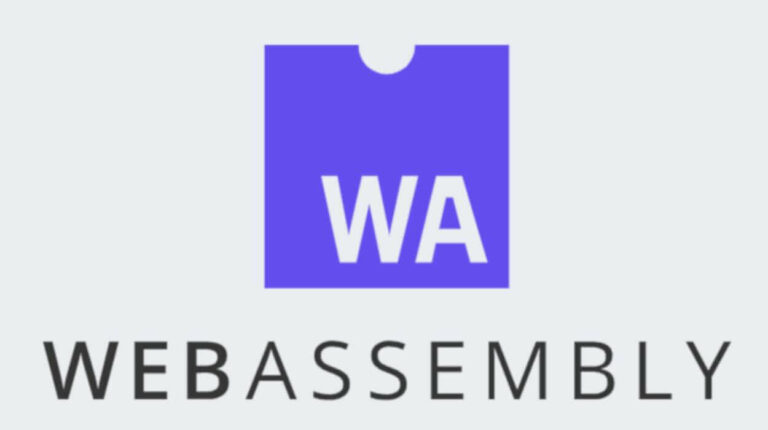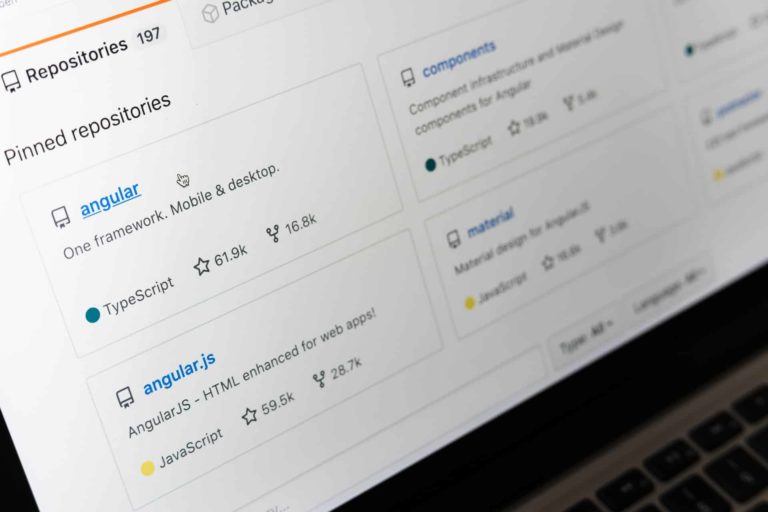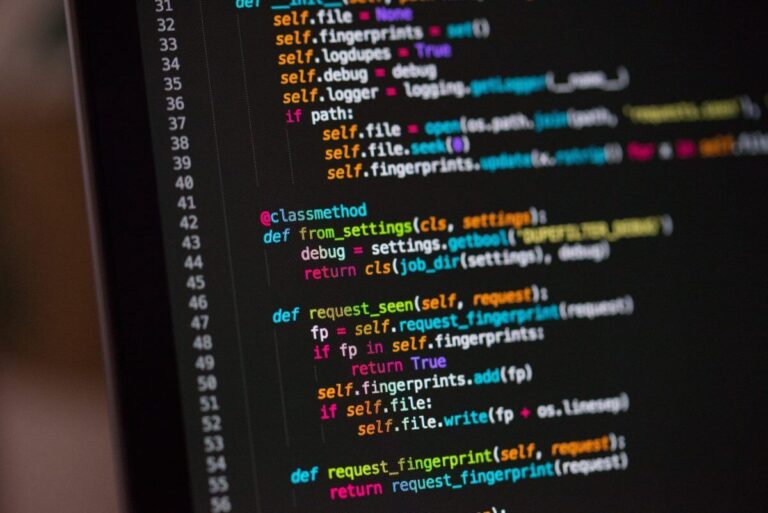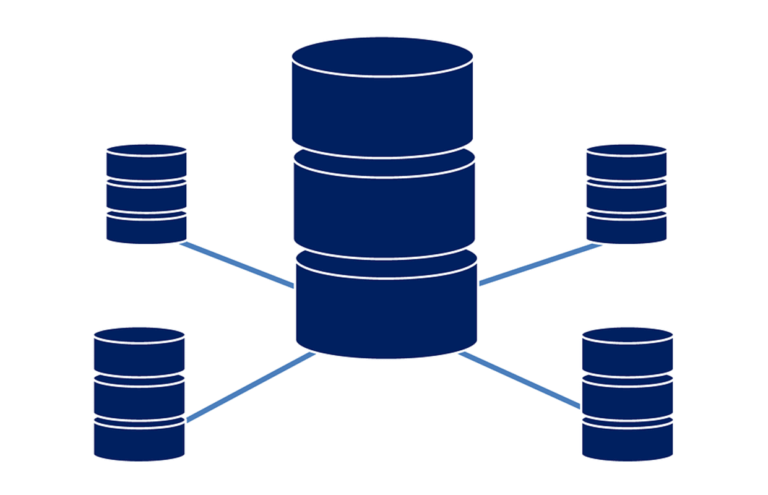JavaScript vs PHP: Differences, Advantages, Uses, and More
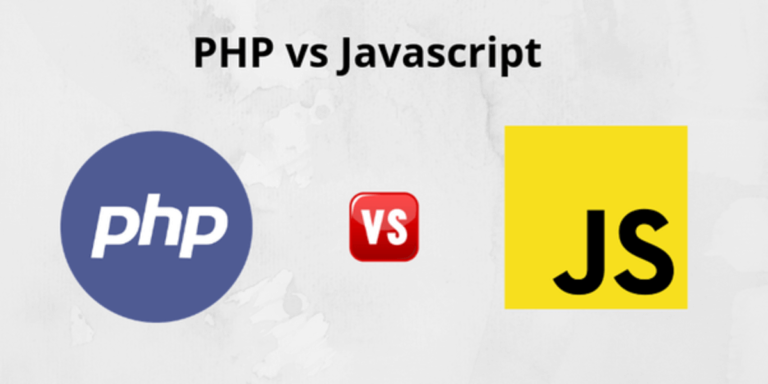
JavaScript and PHP are two scripting languages that are very popular among web-developers. Both languages were created for the web and they do their jobs very well, but there are also major differences between them.
JavaScript or JS is traditionally a browser-based language, while PHP is for the server-side. This creates different requirements and application scopes for the two, although they both help in creating dynamic websites, which remains their ultimate purpose.
To make it easier for you to differentiate between them, this JavaScript vs PHP article takes a closer look at their similarities and differences, as well as compatibilities and best usage scenarios.
Origin
Both languages grew out of the Internet’s need for more dynamic and interactive websites. JavaScript began when Netscape shipped its then highly popular Internet browser, the Navigator, in 1995 with a scripting language interpreter.
The language was first called LiveScript but was later renamed JavaScript to profit from Java’s popularity back then. The truth remains, however, that while Java and JavaScript look and sound alike, they are two entirely different languages.
PHP, on the other hand, began in 1994, when the Danish-Canadian programmer Rasmus Lerdorf wrote a collection of CGI (Common Gateway Interface) programs in C, which included database and web forms handling functionality. He called this initial implementation, the PHP/FI, standing for Personal Home Page/Forms Interpreter.
A movement would soon develop around it from 1997, changing the name to the recursive acronym PHP: Hypertext Preprocessor and slowly growing the technology into the popular PHP that we all know today.
Server Side and The Front End
PHP is a server-side language and this means it gets executed on the web server first to deliver the dynamic contents of a website, including pre-processed database records. After the user’s web browser receives the page content, it then activates any included scripts, and that’s where JavaScript comes in.
JavaScript was originally only a front-end language, meaning its execution was limited to the user’s browser. But new runtime engines such as Node.js and its Express.js framework have turned JavaScript into a full-stack application development language.
This means you can now use it for both server-side and front-end development of websites. It’s a welcome development for those who find it difficult to combine HTML with CSS, PHP, and JavaScript on one editor.
JavaScript and PHP Similarities
JavaScript and PHP are similar in many ways. First of all, they are both C-style languages. This is in reference to their use of curly braces ‘{}’ for code indentation and structuring.
Another similarity between the two is their contribution to making websites dynamic. Most sites in the early 1990s were static and often needed a web-master or some other tech-savvy person for updates.
With server-side languages such as PHP, however, everyone can now update a website using entry forms, and JavaScript makes it even easier and more convenient.
Both languages are also platform-independent and this helped to give rise to their popularity. Asides from text-based web-browsers, nearly every browser out there comes with a JavaScript interpreter, while PHP is available for nearly every operating system.
Further technical similarities include having their arrays start from 0 (zero), as well as using double forward slashes ‘//’ for single-line comments and a slash-asterisk combination for multi-line comments, for example, /* comments here */.
Their Differences
This JavaScript vs PHP comparison also brings up certain differences between the two languages, such as variable declarations and arrays.
All variable names in PHP include a dollar sign, e.g. $variable, while it’s not necessary with JavaScript. PHP also supports both numeric and associative arrays, while JavaScript can handle both, but lacks proper support for associative arrays.
Another difference between the two languages is variable scope, which refers to the parts of the program that can see or access a variable. With PHP, every variable has a local scope, unless when declared with the ‘global’ keyword such as ‘global $variable;’.
JavaScript, on the other hand, assigns a global scope to all variables, unless when declared with the ‘var’ keyword, which then makes it local, for example, ‘var Variable;’.
Usage
Both languages are the most popular in their respective areas, with PHP deployed in about 80% of websites, while JavaScript sees about 95% use.
PHP is great for handling multiple web requests that require accessing information from a database to make decisions. This includes system logins, member dashboards, and management systems, as well as automated online processes, such as bots and web crawlers.
JavaScript shines whenever the developer needs to give a webpage or an App that native look and feel of native programs. This includes input validation before sending it off to the server, easy color pickers, menu handling, drag & drop functionality, and other real-time manipulations with CSS.
Advantages
When it comes to their advantages over one another, JavaScript comes pre-packaged in all modern browsers. So, it’s ready to run once the browser starts up. PHP needs to get installed on a server first.
In its defence, PHP boasts a large, active, and very helpful online community, thanks to its open-source nature. This provides dedicated developers, libraries, and working codes to handle the most far-reaching of server-side problems.
You also need to write PHP only once and it runs. JavaScript, on the other hand, is interpreted and executed differently by the different browsers out there. This led to many issues in the past, where you had to write different codes for Internet Explorer, for Firefox, and other browsers.
But since 2006, libraries such as jQuery solve this JavaScript problem by letting you write your code once. This code is then executed correctly on the different browsers without further input from you. However, this means you also need to learn a new coding style.
Extensibility
PHP works seamlessly with Linux, Apache, and MySQL, often referred to as LAMP. This package is, however, also available for Windows, Mac, and other operating systems.
It provides a powerful, yet simple database access and processing system, which it inherited from Perl. This makes it capable of complex data manipulations with ease. There’s also the PHP_cli package, which offers PHP as a command-line processor, just like Python or Perl, and numerous frameworks and content management systems.
For JavaScript, frameworks such as jQuery, Laravel, AngularJS, and so on, extend its features and make it more powerful, although they pale in comparison to what’s available for PHP.
An Example HTML with PHP & JavaScript
<html>
<body>
<?php echo "This is PHP."; ?>
<script type="text/javascript"> alert('This is JavaScript.'); </script>
</body>
</html>
Conclusion
As you can see from our above comparisons, neither of the two is better than the other in all respects. There are areas where JavaScript shines, and others where PHP shines.
In planning your future projects, however, you’ll do well to work with both languages. That is, using PHP for the back-end and JavaScript for the front-end.
If you’re planning a simple page or developing a streaming application, on the other hand, then you may want to consider a JavaScript framework such as Node.js.
But, if it’s a large and complex project, then PHP will be your best bet. Remember, however, that there’s an abundance of free and open-source CMS systems out there that are PHP-based and may just be what you’re likely to use. An example is WordPress.
